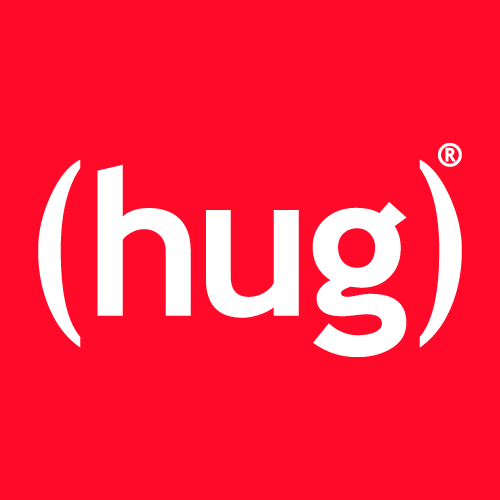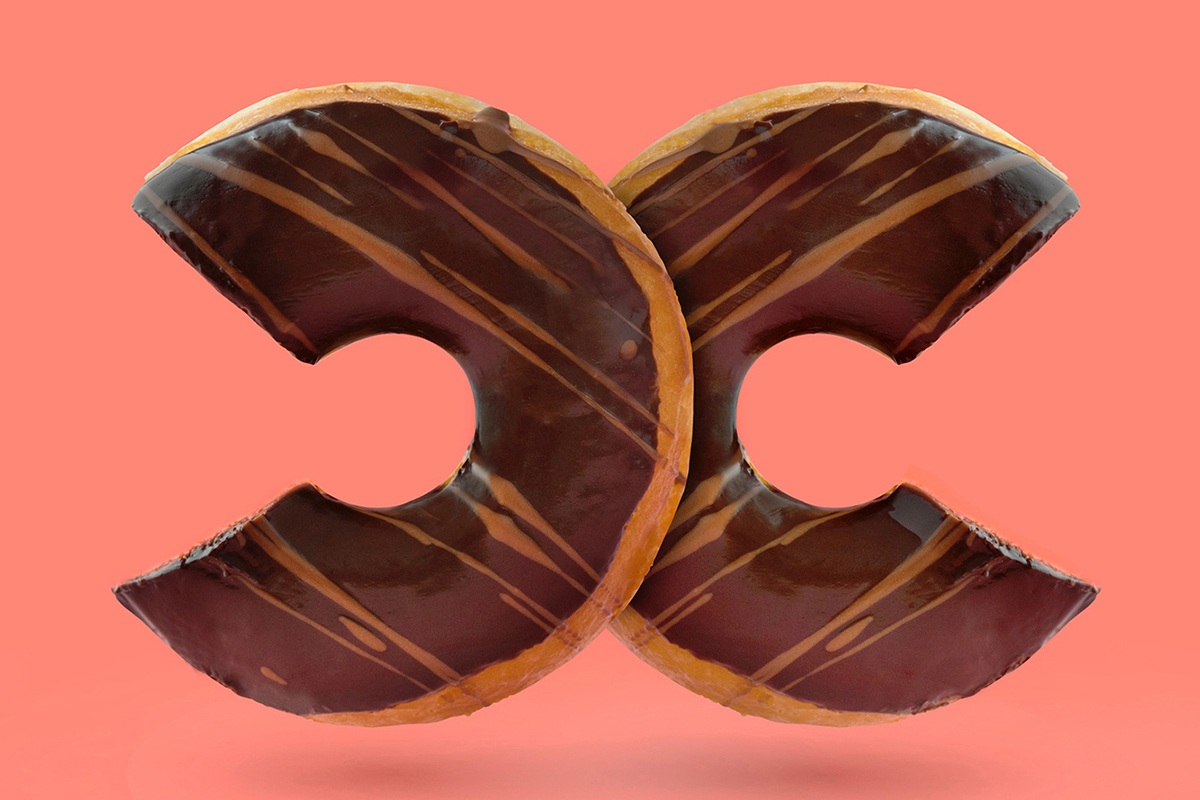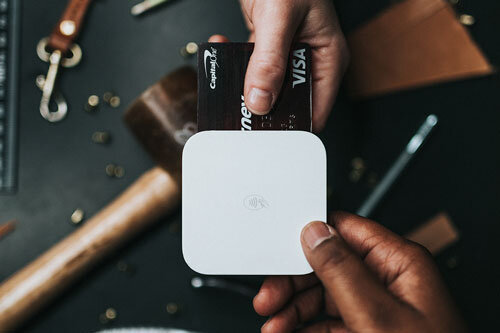StartUp branding: How to get it right
5–6 minute read
Branding for startups is about so much more than a nice logo and pretty colours. Every choice, from typography to photographic style, reflects who you are as a company and the way you do business. Your branding could be the difference between success and failure.
And while the whole process can feel a little intimidating, especially if you’ve never worked with a creative agency, it is absolutely crucial to get it right to stand a chance of competing in today’s crowded market.
Branding for startups plays an important role in the growth and success of any new business, and consistency is paramount. A strong brand identity is recognisable, even when the logo is nowhere to be seen.
That identity, and a compelling story, will successfully communicate your values and vision to customers, employees and investors.
The three essentials of StartUp Branding
1) Brand strategy
Your brand is more than just your logo. It is the who, what, where, when, why and how. It showcases the plan for your business that outlines specific goals, your broad mission and your encompassing story.
Your brand strategy should dig deep into the core of your business and define your differentiation. Market research and competitor analysis are key parts of branding for startups.
A successful brand strategy defines exactly what your business stands for, its values, mission and personality. It outlines the experience someone can expect when interacting with your business. That’s why branding is vital for startups.
2) Brand messaging
This is every piece of communication that makes a buyer relate to your brand by influencing them, motivating them to take an interest and eventually buy.
It’s the message that says why your brand matters, what is its value, and how it is different from competitors. Think of messaging as your public voice – website copy, tag lines and content across all forms of communication, including social media.
Your brand strategy and messaging should be used as a base for creating your visual identity. If you are an early stage startup, and you’re testing the market, basic messaging and a simple identity will often be enough to get you started.
3) Visual identity
You may know how to start a brand. But everything that illustrates it – including your logo, website design, marketing materials and more – makes up your visual identity. It should be instantly recognised by customers, and can be used creatively to enhance your story.
One fundamental of branding for startups is consistency. Yes, you need a logo and a colour palette - but more importantly, you need to think about how each element ties into every step of the customer journey, from your business cards to your social media accounts.
Branding for startups can begin with a simple logo, microsite and basic marketing collateral to get your business off the ground and operating professionally.
A good design agency will give you a set of brand guidelines. These are your go-to guide when you’re looking to create things like social graphics or advertising posters. They help you to maintain consistency.
Branding for StartUps: what’s included?
Branding packages for startups could feature:
Naming your company or product
Brand strategy
Messaging and tone of voice
Visual identity
Additional design for marketing collateral
Photography/video
Website design
The services you require depend on what kind of business you run, what your goals are and what stage you’re at in your business evolution.
Branding for startups packages can cost between £2k and £70k. Understand what your budget is, then find an agency best placed to help you achieve your goals.
Branding for StartUps: choosing an agency
Your first step should be to evaluate where you are in the evolution of your business and work out what you need most.
Design agencies
If you have your brand strategy and messaging in place, and you’re ready to create a strong identity to match, finding an agency that does only visual branding makes sense. Design agencies in the lower cost range tend to have a specific style, so find one that has done work that you like.
Serious design agencies at the top of their game, while more expensive, are able to adapt their skills to any concept and build powerful identities.
Full brand agencies
If you’re looking for help with your brand strategy and messaging, find an agency that has a deeper understanding of what you’re trying to do – and the industry you’re doing it in.
Your chosen agency will need to dig deep into the core of why your business exists, so find an agency that you really connect with. Their passion for your business should be almost as strong as yours.
How much does branding cost?
The cost of branding for startups varies hugely, depending on the stage you are at in your business journey.
Bootstrapped & Pre-Funding StartUps
Brand strategy and positioning: Your time
Messaging: Your time - £2k
Logo design and brand identity: £1k+
Website design and development: £2.5k - £10k+
Early-stage, funded StartUps
Brand strategy and positioning: £5k+
Messaging: £2.5k+
Logo design and brand identity: £10k+
Website design and development: £10k+
Company name development workshops: £3k+
There are some sectors where the visual element of branding for startups is more important, and others where your values and messaging will play a more prominent role.
Branding for StartUps: conclusion
It’s important to think about how to get your brand out into the world, from a launch campaign to your on-going social media marketing strategy. Many agencies will act as brand guardians through these next stages.
When it comes to branding for startups, there is no one-size-fits-all solution. It’s vital to find an agency that works best with you.
We understand that your startup branding is not a simple process. If you have any questions, please get in touch. If you’re in the early stages, check out our StartUp Package.




